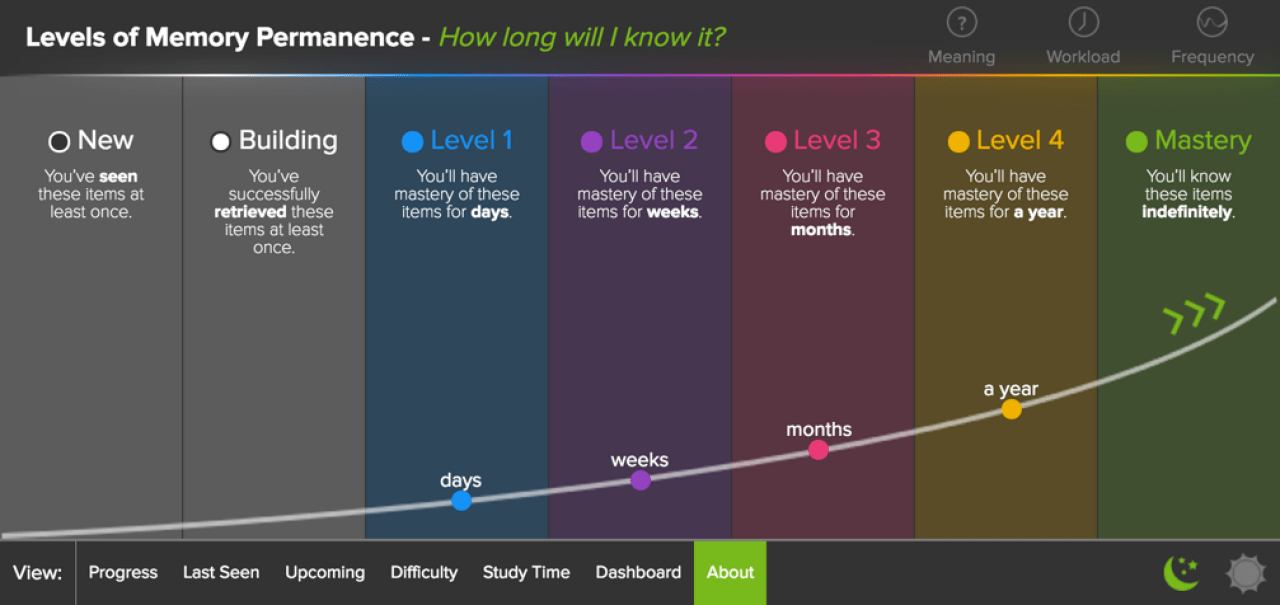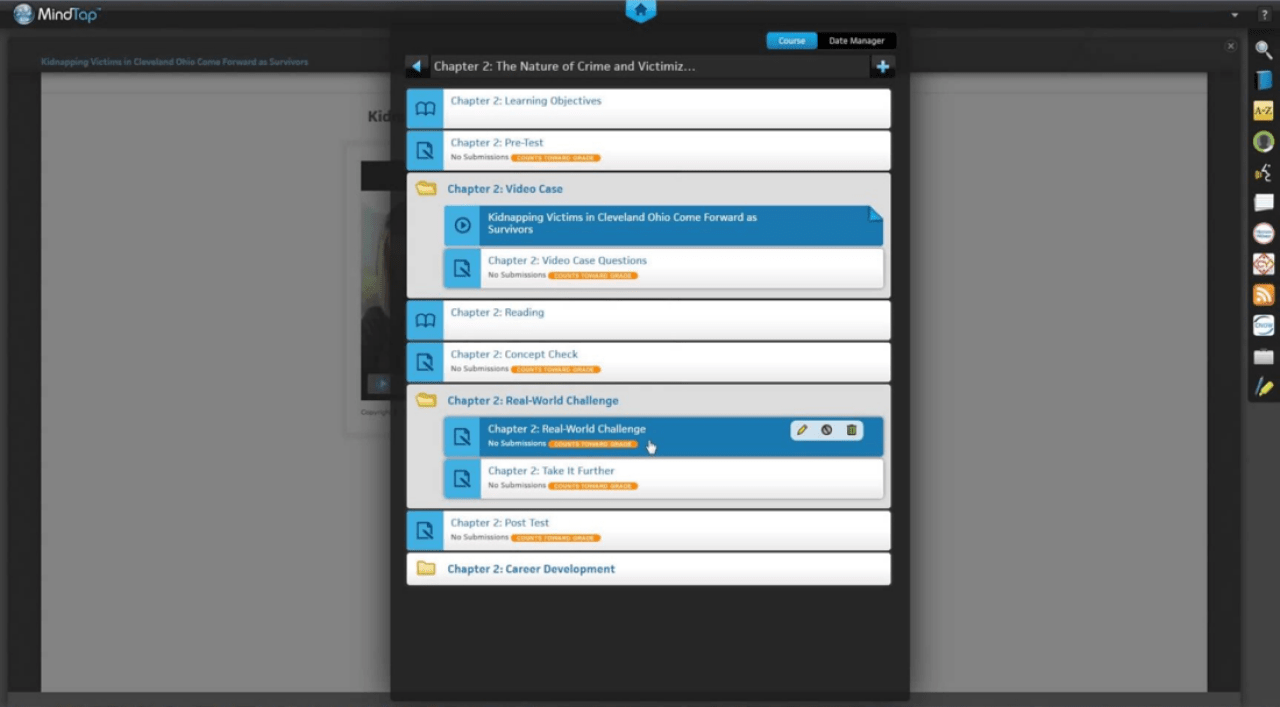
Online Courses and the Potential of Adaptive Learning
By Keith Allison
Since people started gathering together to teach and learn, we’ve been investigating how to more effectively deliver and absorb knowledge. For the better part of human history, this meant a teacher stood in front of an assembled group of students and delivered a lecture, perhaps with questions and debate from the audience. Even within the confines of the lecture model, there has been experimentation, and the model’s efficacy has been debated. One of the issues is that, for practical reasons, the lecture hall doesn’t empower instructors to deliver individualized teaching, and it doesn’t enable the course to adapt to the specific needs of each student.
Adaptive learning, one of the most promising developments to emerge from online course delivery, can make the process of teaching and learning more individualized and possibly more effective. Informing it is the assumption that the most effective way to teach and learn is one-on-one, with a talented, knowledgeable teacher and a motivated, curious student. This scenario, however ideal, is not always practical in an academic institution where professors are responsible for multiple students and classes and do not have the resources to work with each student in each course on an individual basis. In the 1970s, with the development of artificial intelligence, researchers began to wonder if a computer, sufficiently advanced and fed with good code, might be able to recreate the experience of a one-on-one session.
Visionary as it may have been, at the time the technology was not feasible. There wasn’t enough computing power or enough resources, and there was certainly no user interface that would be easy to learn. As computer hardware and software has become more sophisticated, the dream of adaptive learning has become attainable. It’s no longer a question of if it is possible, but is instead a question of how it can be done well. These theories are now undergoing real-world implementation.
An example given by Ben Maddox, Associate Vice President of NYU IT’s Teaching and Learning with Technology (TLT), involves a dentistry student who excels at chemistry but struggles with clinical work. An adaptive learning module could, potentially, detect this and adjust curriculum on the fly, cutting back on the amount of chemistry and offering the student increased exposure to clinical work. This method of adaptive learning relies both on the data collected by the course itself as well as the opinion of the professor, but it does not require the professor to devote in-classroom hours visiting with and delivering different lessons to each student.
This style of adaptive learning, called the hybrid model, is one of multiple ways to design the system. Just as there are variations within the confines of the lecture hall model, so too are there several potential approaches to designing an adaptive learning class. Being relatively new in practice and concept, which model will ultimately work best requires a period of experimentation and assessment. On a meta level, adaptive learning systems are still learning to adapt. A few leading philosophies have emerged, which are guiding the design and implementation of adaptive learning environments. Each of these is categorized, in a broad sense, primarily by the level of instructor involvement and how the system customizes itself as a student progresses through it.

Adapting How We Teach and Learn
While researchers and teachers have been thinking about adaptive learning for a long time, the practical application and implementation of adaptive learning is only just beginning, which means we’re also only just beginning to collect real-world data on how adaptive learning systems perform and how students and teachers benefit from them — or don’t benefit from them. The model isn’t for everyone. The core concept at the heart of adaptive learning is that not all students learn in the same way — and that means adaptive learning systems, like online courses, aren’t going to be a cure-all.
According to research conducted by Educause, adaptive learning is at its most effective when implemented for high-enrollment classes dedicated to communicating facts and procedural knowledge.1 Additionally, some students (and professors) still perform best in the traditional lecture hall. Others might not have convenient access to the technology resources required to create and participate in an online course. Creating an online course demands an additional investment in instructor time. Turning that course into an adaptive learning course requires even more investment, as potentialities must be mapped out and the course designed a bit like a “choose your own adventure” book. But it is just that: an investment, one in which the time spent learning how to plan and build an adaptive learning course pays dividends in the future.

Adaptive Learning at NYU
At NYU IT’s TLT department, academic technologists work with professors to assess whether or not an online course — and then an adaptive learning course — is appropriate for a given class. Tableau, the University’s powerful, customizable data visualization tool, is already assisting instructors with exploring the possibilities of adaptive learning while also collecting valuable analytics which will allow instructors to design more effective courses and more thoroughly understand the learning process of their students. At the NYU IT-sponsored “Day of Data, Action, & Insights” in 2018, Robert Squillace, Clinical Professor, Liberal Studies, Faculty of Arts and Science discussed a pilot program in which he employed Tableau and adaptive learning to tailor his course. Tableau’s data visualization capabilities enable one to render large amounts of collected data into more decipherable, easier to comprehend visual presentation methods.
Professor Squillace is not alone at NYU in exploring the use of adaptive learning and data visualization. In 2015, NYU Tandon Computer Science Department faculty members Claudio Silva and Enrico Bertini, Jan Plass from NYU Steinhardt, and Tandon’s Luke DuBois worked with publisher McGraw-Hill Education to explore the potential of adaptive learning, data science, and data visualization. Langone’s Martin V. Pusic, MD, PhD, working in conjunction with the U.S. Department of Defense, is seeking to develop an adaptive learning system that “determines the baseline proficiency of individuals interpreting electrocardiograms, or ECGs, and then tailors case-based learning until reliable competency is achieved.”2
One of the challenges noted by Plass is the lack of agreed-upon industry-standard terminology among those researching and developing adaptive learning methods. Even the term “adaptive learning” can mean different things when said by different people.3 Additionally, Plass points out, because it is still an evolving field with many yet-to-be-determined effects, many claims made about adaptive learning, especially in the realm of marketing and product sales, can be dubious. In an effort to allay some of these variables, Plass proposed, as far back as 2016, the need to develop an industry-wide taxonomy.
As we learn and use it more, adaptive learning will continue to evolve. New technologies will likely propel it into directions previously unseen. NYU TLT is working with many IT partners across the University to assess tools that would add more robust adaptive learning and learning analytics capabilities to NYU Classes, including:
- ForClass: A content delivery and assessment platform designed to facilitate student engagement while providing an easy-to-use case study marketplace for instructors to add content to their course’s curriculum. ForClass has been piloted at NYU Shanghai and Stern.
- Cerego: An adaptive learning platform designed to reinforce learning objectives and content over time, maximizing students’ retention of course material. Cerego has been piloted at the NYU School of Dentistry.
- Cengage MindTap: A mobile-friendly content delivery/analytics platform for Cengage Learning content.4
For information on any of these pilots, contact nyu-classes-pilots-group@nyu.edu.
Additionally, artificial intelligence, as it becomes a more mature technology, and alongside it augmented and virtual reality, have the potential to impact adaptive learning’s development. To foster a more robust environment to explore this still-emerging field, NYU TorchTech launched a Data Visualization community of practice. The group is open to anyone interested in discussing the application of data visualization to both the teaching as well as administrative landscape.
Notes
- Seven Things You Should Know about Adaptive Learning (Educause, PDF)
- An Adaptive Tutor for Improving Visual Diagnosis (NYU Langone)
- Adaptive Learning: Toward a Taxonomy (JanPlass.org)
- NYU Classes Enhancements Roadmap (NYU IT website)